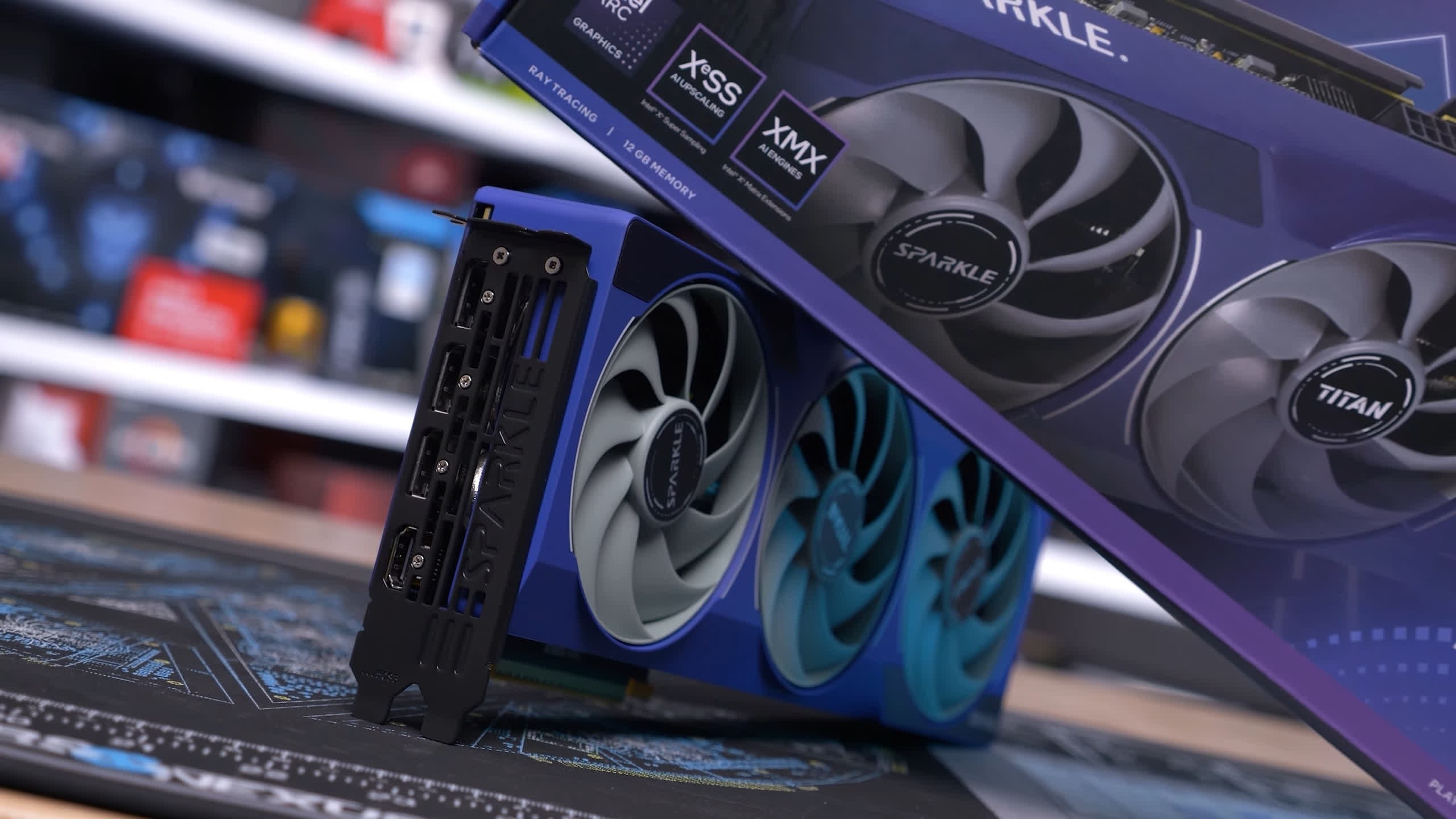Rumor mill: Nvidia could be preparing to launch its first entry-level, sub-$250 graphics card in two generations. This is the last performance tier where the company has yet to release an RTX 50 series product for either desktops or laptops, but Team Green already faces serious competition in this space from market newcomer Intel.

Sources have informed VideoCardz that Nvidia plans to launch a desktop variant of the RTX 5050 in July, likely for $199 or $249. The GPU is probably designed to compete with Intel's Arc B580, which has proven to be an impressive value-oriented card.
Since the RTX 5050 appeared in a February EEC listing, VRAM and configuration details have trickled out. Trusted leaker @kopite7kimi reported that it will feature a fully enabled GB207 die with 2,560 FP32 cores, a one-third decrease from the recently released 5060.
GeForce RTX 5050
– kopite7kimi (@kopite7kimi) March 9, 2025
PG152-SKU50
GB207-300-A1
2560FP32
128-bit GDDR6 8G
130W
Drawing 130 W, the card will also include 8GB of VRAM. However, sources told BenchLife that Nvidia is still deciding between GDDR6 and GDDR7 for the desktop and laptop variants. All RTX 50 series GPUs released so far have used GDDR7, but the Arc B580 and AMD Radeon RX 9000 series GPUs have stuck with GDDR6 without suffering significant performance penalties.
While clock frequency data is required for an accurate prediction of performance, the RTX 5050 probably needs to land near the 4060, the RX 7600 XT, and the Arc B580 to offer good value at the expected $199-to-$249 price. But the B580's VRAM configuration could make the task difficult.

As AMD and Nvidia recently released mid-range GPUs such as the RTX 5060 and RX 9060 families at prices between $300 and $430, critics and customers have complained about their decision to continue releasing variants with 8GB of VRAM. While 8GB is sufficient for most games, working within the limited memory pool requires users to make smart optimizations. Furthermore, mid-range cards have been shipping with 8GB of VRAM for nearly a decade, and near-future titles might struggle to run on them.
In this situation, the Arc B580 could become a threat if it ever becomes available again at its MSRP. Intel launched it late last year for $249 with 12GB of VRAM. In certain situations, it outperforms the $380 8GB version of the RTX 5060 Ti.
While performance averages still show that the Nvidia card is obviously in a different weight class, there are enough documented situations where bottlenecks make 12GB a much more comfortable minimum for playing recent high-end games. If the Arc B580 already trades blows with the RTX 5060 in some titles, a 5050 might have serious trouble against it.
Nvidia RTX 5050 leak hints at sub-$250 July launch with 8GB of VRAM